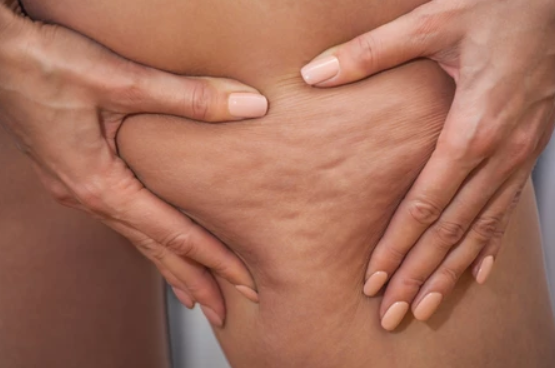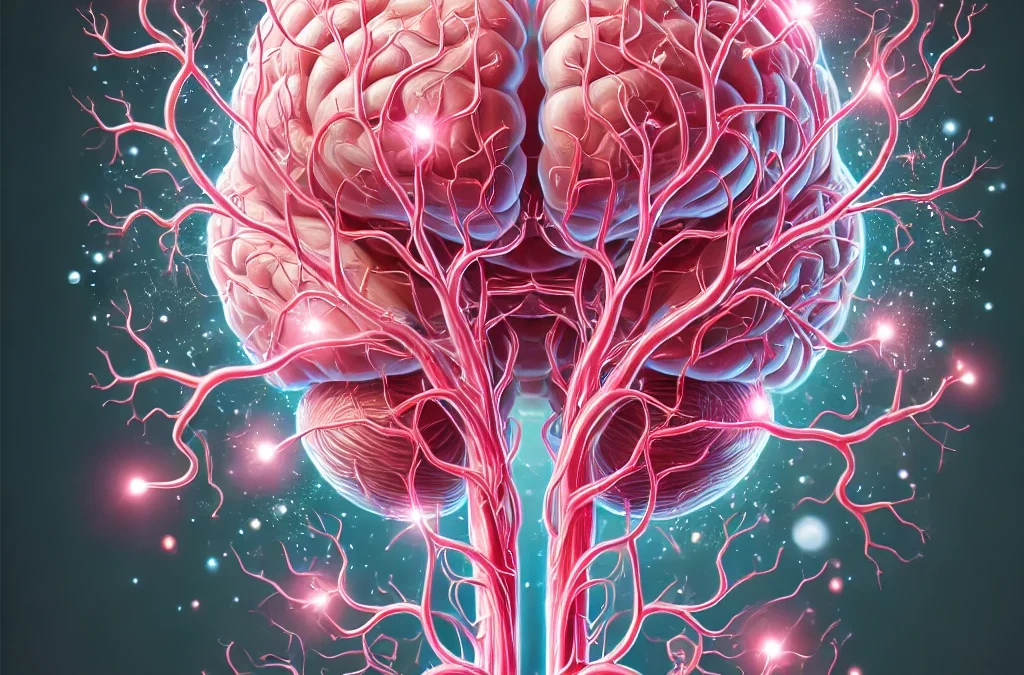Fibromyalgia, a condition characterized by widespread chronic musculoskeletal pain, is a significant health concern affecting millions of people worldwide. Particularly prevalent among women aged between 20 and 55, this condition has been a subject of extensive research and discussion in the medical community. In the United States alone, fibromyalgia affects approximately 2% of the adult population, translating to nearly 4 million individuals, according to data from the Centers for Disease Control and Prevention (CDC).
Despite its widespread prevalence, the exact cause and pathophysiology of fibromyalgia remain uncertain. However, recent studies suggest a potential link between the syndrome and a disorder in the pain regulation centers of the central nervous system. This has led to the exploration of various therapeutic methods aimed at alleviating the painful symptoms associated with fibromyalgia.
One such method that has shown promise is lymphatic drainage, a gentle, rhythmic massage technique that aims to mobilize lymphatic fluid, reduce edema, and eliminate metabolic waste and inflammatory substances from the body. This article delves into the pain generation process in fibromyalgia and discusses the potential of lymphatic drainage as an effective tool for symptom management in fibromyalgia patients. We will explore the scientific evidence supporting its use, its mechanisms of action, and its potential benefits for those living with this chronic condition.
Fibromyalgia
Fibromyalgia is a condition characterized by widespread chronic pain of a musculoskeletal nature, with an unknown cause and uncertain pathophysiology. However, recent research suggests that the pain syndrome in fibromyalgia may be associated with a disorder of the pain regulation centers in the central nervous system (Ramírez, 2020). Symptoms of fibromyalgia typically include fatigue, cognitive disorders, depression, anxiety, and somatic symptoms, which can impact daily activities, self-esteem, and the quality of life of those affected.
One of the factors causing pain in fibromyalgia is the accumulation of inflammatory substances in muscle tissues. These substances trigger an immune response, leading to tissue damage mechanisms that result in pain processes.
As fibromyalgia is a chronic condition, its management involves symptom alleviation. Pharmacological options have limited efficacy in this context, leading to the incorporation of therapeutic practices such as manual lymphatic drainage for treatment.
Lymphatic Drainage
The technique of lymphatic drainage involves the use of gentle, rhythmic movements toward the lymphatic flow, covering the entire body. In this process, the lymphatic vessels are gently massaged to mobilize lymphatic fluid, reducing edema and mobilizing metabolic waste and inflammatory substances, thereby mitigating the pain process. Additionally, the physical stimulation of the skin’s surface also stimulates nerve receptors responsible for inhibiting the body’s pain response.
How Does Lymphatic Drainage Reduce Pain in Fibromyalgia?
The skin’s surface contains various pain nerve receptors, known as nociceptors. When stimulated by the movements of lymphatic drainage, the pain impulses received by the nociceptors are directed towards the nervous system, in the spinal cord, where an inhibitory pathway with cells that block the pain perceived by the nociceptors is located. When lymphatic drainage is performed, the pain inhibitory cells are stimulated, blocking pain symptoms by encouraging the release of endorphins, hormones that help relieve muscle tension and control pain.
Conclusion
lymphatic drainage has emerged as a significant therapeutic tool in mitigating the painful symptoms of fibromyalgia. The technique’s ability to mobilize inflammatory substances and stimulate pain-inhibiting receptors on the body’s surface has been instrumental in enhancing the well-being and quality of life of individuals grappling with chronic pain. Therefore, lymphatic drainage stands as a promising approach in the ongoing battle against the debilitating effects of fibromyalgia.
Scientifically Proven Results
To scientifically validate the beneficial effects of lymphatic drainage on fibromyalgia, the following studies were selected:
“Comparison of manual lymph drainage therapy and connective tissue massage in women with fibromyalgia: a randomized controlled trial”, which explored the benefits of using lymphatic drainage five times a week for three weeks in 25 women with fibromyalgia. As a result, improvements in pain symptoms, stiffness, sleep problems, and overall well-being were observed.
And, “Efficacy of manual lymph drainage and myofascial therapy in patients with fibromyalgia: A systematic review”, which conducted a systematic literature review over a 20-year period, with the main result being pain relief and improved quality of life in fibromyalgia patients who underwent lymphatic drainage.
Sources
- Centers for Disease Control and Prevention – Fibromyalgia
- Algar-Ramírez M, Úbeda-D’Ocasar E, Hervás-Pérez JP. Efficacy of manual lymph drainage and myofascial therapy in patients with fibromyalgia: A systematic review. Schmerz. 2021 Oct;35(5):349-359. English. doi: 10.1007/s00482-020-00520-7. Epub 2020 Dec 16. PMID: 33326048.
- Yuan SL, Matsutani LA, Marques AP. Effectiveness of different styles of massage therapy in fibromyalgia: a systematic review and meta-analysis. Man Ther. 2015 Apr;20(2):257-64. doi: 10.1016/j.math.2014.09.003. Epub 2014 Oct 5. PMID: 25457196.
- Ekici G, Bakar Y, Akbayrak T, Yuksel I. Comparison of manual lymph drainage therapy and connective tissue massage in women with fibromyalgia: a randomized controlled trial. J Manipulative Physiol Ther. 2009 Feb;32(2):127-33. doi: 10.1016/j.jmpt.2008.12.001. PMID: 19243724.
This writing is the original and exclusive property of Carolina Pintos and is protected under copyright law. Unauthorized use of the same without the express consent of Carolina Pintos will be subject to prosecution under applicable laws.





